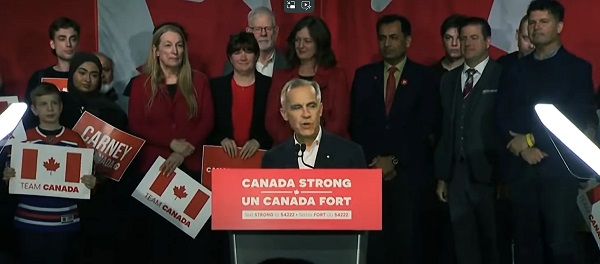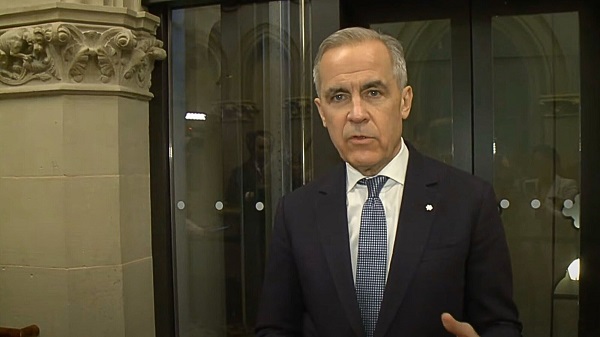Business
List of items Canadians will pay 25% tariffs on includes US made orange juice, wine, beer, and clothing
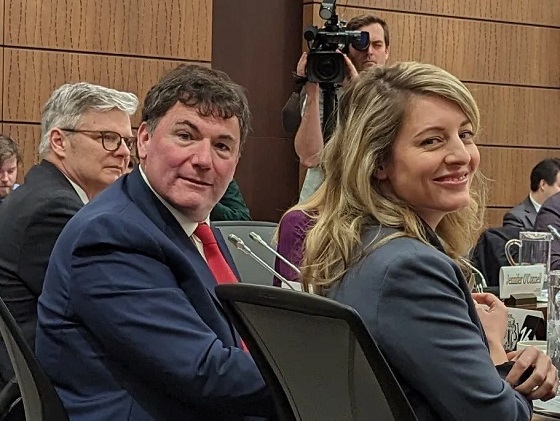
From the Department of Finance Canada
Canada Announces $155B Tariff Package in Response to U.S. Tariffs
Dominic LeBlanc, Minister of Finance and Intergovernmental Affairs, and Mélanie Joly, Minister of Foreign Affairs, announced that the Government of Canada is moving forward with 25 per cent tariffs on $155 billion worth of goods in response to the unjustified and unreasonable tariffs imposed by the United States (U.S.) on Canadian goods.
These countermeasures have one goal: to protect and defend Canada’s interests, consumers, workers, and businesses.
The first phase of our response will include tariffs on $30 billion in goods imported from the U.S., effective February 4, 2025, when the U.S tariffs are applied. The list includes products such as orange juice, peanut butter, wine, spirits, beer, coffee, appliances, apparel, footwear, motorcycles, cosmetics, and pulp and paper. A detailed list of these goods will be made available shortly.
Minister LeBlanc also announced that the government intends to impose tariffs on an additional list of imported U.S. goods worth $125 billion. A full list of these goods will be made available for a 21-day public comment period prior to implementation, and will include products such as passenger vehicles and trucks, including electric vehicles, steel and aluminum products, certain fruits and vegetables, aerospace products, beef, pork, dairy, trucks and buses, recreational vehicles, and recreational boats.
In addition to this initial response, Ministers LeBlanc and Joly reiterated that all options remain on the table as the government considers additional measures, including non-tariff options, should the U.S. continue to apply unjustified tariffs on Canada.
Less than 1 per cent of the fentanyl and illegal crossings into the United States come from Canada. We will not stand idly by when our nation is being needlessly and unfairly targeted. The government will defend Canadian interests and jobs. We stand ready to support affected workers and businesses.
The U.S. administration’s decision to impose tariffs will have devastating consequences for the American economy and people. Tariffs will upend production at U.S. auto assembly plants and oil refineries, raise costs for American consumers—at gas pumps and grocery stores—and put American prosperity at risk.
The government is also taking steps to mitigate the impact of its tariff countermeasures on Canadian workers and businesses by establishing a remission process to consider requests for exceptional relief from the tariffs imposed as part of Canada’s immediate response, as well as any future tariff actions. More details about the framework and process will be announced in the coming days.
The government continues to work closely with provincial and territorial governments, as well as business, labour, and other leaders to advance a robust Team Canada response, and to advocate with U.S. decision-makers on behalf of all Canadians to safeguard and strengthen Canada’s economy.
“This first set of countermeasures is about protecting—and supporting—Canada’s interests, workers, and industries. These U.S. tariffs are plainly unjustified. They are detrimental to both American and Canadian families and businesses. Working with provincial, territorial and industry partners, our singular focus is to get them removed as quickly as possible. Until then, our response will be balanced and resolute.”
– The Honourable Dominic LeBlanc,
Minister of Finance and Intergovernmental Affairs
“Canada will not stand by as the U.S., our closest and most important trading partner, applies harmful and unjustified tariffs against us. With these countermeasures, we are defending Canada’s interests and are doing what is best for Canadians and our economy.”
– The Honourable Mélanie Joly,
Minister of Foreign Affairs
Quick facts
- Canada is the top customer for U.S. goods and services exports and a critical supplier of goods and services integral to the U.S. economy, with Canada buying more U.S. goods than China, Japan, France and the United Kingdom combined.
- Millions of jobs on both sides of the border depend on this relationship, and every day over US$2.5 billion worth of goods and services crosses the border.
- Canada is the largest export market for 36 states and is among the top three for 46 states, with 43 states exporting over US$1 billion to Canada every year.
- Of the U.S.’s top five trading partners, Canada is the only country with whom the U.S. has a trade surplus in manufacturing (US$33 billion in 2023).
- The tariffs announced today by the Government of Canada will not apply to U.S. goods that are in transit to Canada on the day on which these countermeasures come into force.
- As a first line of defence, Canada’s robust system of economic support programs is available to help businesses and workers directly impacted by U.S. tariffs. This includes financing and advisory supports for businesses through financial Crown corporations and supports for workers through the Employment Insurance program. As we redouble our efforts to improve Canada’s investment, productivity and competitiveness in collaboration with provinces, territories and the business community, the government will proactively monitor impacts across sectors and the economy, and will bring forward additional measures to support workers and businesses as needed.
- On December 17, 2024, the Government of Canada announced Canada’s Border Plan, which aims to bolster border security, strengthen our immigration system, and keep Canadians safe.
- The Plan is backed by an investment of $1.3 billion and built around five pillars: 1) Detecting and disrupting fentanyl trade; 2) Introducing significant new tools for law enforcement; 3) Enhancing operational coordination; 4) Increasing information sharing; and 5) Minimizing unnecessary border volumes.
Business
DOGE Is Ending The ‘Eternal Life’ Of Government
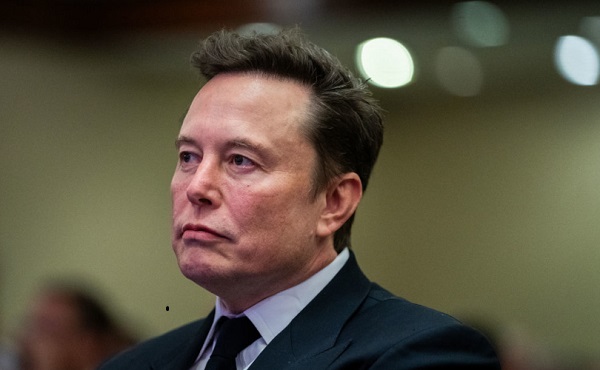

From the Daily Caller News Foundation
By David Bossie
In his 1964 “A Time For Choosing” speech, Ronald Reagan famously said, “a government bureau is the nearest thing to eternal life we’ll ever see on this earth.” And for more than 60 years, President Reagan’s words have proven to be true. However, with the historic re-election of President Donald Trump and the creation of the Department of Government Efficiency (DOGE) under the leadership of Elon Musk, the Gipper’s contention is finally being challenged – and not a moment too soon.
The Trump Administration inherited a horribly bloated federal government in dire need of common sense streamlining from top to bottom. For decades, the executive branch has expanded at an incomprehensible rate and along with it, so has waste, fraud, and abuse. Presidents on both sides of the aisle have made promises to tighten the government’s belt, shrink the bureaucracy, and return power to the people where it belongs. Those efforts for the most part – however well-intentioned – never got off the ground. The reality is that when politicians have been forced to choose between a legislative priority and cutting government spending, cuts are always the first casualty. But currently, with our $36 trillion national debt spiraling out of control, reining in the size and scope of government is no longer a choice, but a necessity.
President Trump is the perfect leader for these trying times. He’s battletested and fears nothing – and no challenge is too large. Whether it’s securing the border, growing the economy, forging peace in Ukraine and the Middle East, or negotiating fair trade deals, this president is on a mission to save America. And if any chief executive is going to have success at deconstructing the administrative state, it’s Trump the steel-spined change agent. The shadowy deep state doesn’t scare him, the biased liberal media can’t intimidate him, and this time there are no phony partisan investigations aiming to sidetrack him. Trump made a promise to bring fiscal responsibility back to governing, and along with Musk and DOGE, they’re finally conducting the “audit with teeth” that the American people have been waiting for, and their hard work is turning out to be infectious.
Dear Readers:
As a nonprofit, we are dependent on the generosity of our readers.
Please consider making a small donation of any amount here. Thank you!
With each passing day, a different member of the cabinet is announcing a new cut, discovering a duplicative program, or updating an antiquated system to steer us away from the fiscal cliff that’s rapidly approaching. When the president also happens to be a highly successful businessman, making the business operate more smoothly and for less money is the name of the game. Trump has brought this mindset to the White House and according to recent polling 77 percent favor a full review of government spending.
President Trump is going back to the basics that have become taboo in Washington, like asking fundamental questions about whether an agency has been successful in its mission or if a program is still necessary. In the case of the Education Department, Trump sees an emergency and is not willing to kick the can down the road any longer. The president believes that education excellence for our children is essential so America can compete for generations to come. Drastic reform is long overdue and that means moving education decisions back to state and local officials – and parents. That’s why President Trump is taking the steps to confront the failed status quo and close the underperforming department so we can turnaround lackluster public schools and low-test scores.
Similarly, with the decision to end USAID and slash foreign aid, Trump and DOGE are simply putting America first. America is handing out billions upon billions in taxpayer dollars around the globe on programs that should be spent on fixing our own domestic problems. The plan to decentralize and modernize the Agriculture Department is another great example of thinking outside the box. The American people understand the rationale that downtown Washington, D.C. is the last place decisions about farming should be made. Relocating the department to various hubs around the heartland is common sense.
Additionally, the announcement that the Department of Health and Human Services will cut 20,000 full-time employees is part of President Trump’s vision to “right-size the federal government and unleash the private sector again” in the words of Treasury Secretary Scott Bessent. And word that the Trump Administration is planning to work with Congress to finally defund National Public Radio and the Public Broadcasting Service is welcome news to millions of Americans who believe sending taxpayer funds to biased news outlets is wrong.
DOGE is also doing courageous work at the Social Security Administration (SSA). The amazing efforts to identify individuals who are either deceased, in the country illegally, or otherwise ineligible will help stave off the program’s insolvency, which experts predict is only ten years away. When a DOGE official disclosed that 40 percent of the calls made to SSA are from would-be fraudsters trying to exploit the system, it’s become all too obvious that new safeguards must be adopted.
When it comes to the question of how much money DOGE will ultimately end up saving taxpayers, in the context of our $36 trillion debt crisis, the more the better. However, the overall change in mindset – forcing government to operate efficiently and responsibly like businesses and families – and passing that mindset onto future administrations is perhaps the most critical shift that can be made. In fact, in an ideal scenario, every state, county, and city would have its very own DOGE operation. We must get serious about cutting government waste now or we’ll go bankrupt. That’s just the reality of the situation and President Trump knows it.
David Bossie is the president of Citizens United and served as a senior adviser to the Trump-Pence 2020 campaign. In 2016, Bossie served as deputy campaign manager for Donald J. Trump for President and deputy executive director for the Trump-Pence Transition Team.
2025 Federal Election
MEI-Ipsos poll: 56 per cent of Canadians support increasing access to non-governmental healthcare providers

-
Most believe private providers can deliver services faster than government-run hospitals
-
77 per cent of Canadians say their provincial healthcare system is too bureaucratic
Canadians are increasingly in favour of breaking the government monopoly over health care by opening the door to independent providers and cross-border treatments, an MEI-Ipsos poll has revealed.
“Canadians from coast to coast are signalling they want to see more involvement from independent health providers in our health system,” explains Emmanuelle B. Faubert, economist at the MEI. “They understand that universal access doesn’t mean government-run, and that consistent failures to deliver timely care in government hospitals are a feature of the current system.”
Support for independent health care is on the rise, with 56 per cent of respondents in favour of allowing patients to access services provided by independent health entrepreneurs. Only 25 per cent oppose this.
In Quebec, support is especially strong, with 68 per cent endorsing this change.
Favourable views of accessing care through a mixed system are widespread, with three quarters of respondents stating that private entrepreneurs can deliver healthcare services faster than hospitals managed by the government. This is up four percentage points from last year.
Countries like Sweden and France combine universal coverage with independent providers and deliver faster, more accessible care. When informed about how these health systems run, nearly two in three Canadians favour adopting such models.
The poll also finds that 73 per cent of Canadians support allowing patients to receive treatment abroad with provincial coverage, which could help reduce long wait times at home.
Common in the European Union, this “cross-border directive” enabled 450,000 patients to access elective surgeries in 2022, with costs reimbursed as if they had been treated in their home country.
There’s a growing consensus that provincial healthcare systems are overly bureaucratic, with the strongest agreement in Alberta, B.C., and Quebec. The proportion of Canadians holding this view has risen by 16 percentage points since 2020.
Nor do Canadians see more spending as being a solution: over half say the current pace of healthcare spending in their province is unsustainable.
“Governments shouldn’t keep doubling down on what isn’t working. Instead, they should look at what works abroad,” says Ms. Faubert. “Canadians have made it clear they want to shift gears; now it’s up to policymakers to show they’re listening.”
A sample of 1,164 Canadians aged 18 and older was polled between March 24th and March 28th, 2025. The margin of error is ±3.3 percentage points, 19 times out of 20.
The results of the MEI-Ipsos poll are available here.
* * *
The MEI is an independent public policy think tank with offices in Montreal, Ottawa, and Calgary. Through its publications, media appearances, and advisory services to policymakers, the MEI stimulates public policy debate and reforms based on sound economics and entrepreneurship.
-

 2025 Federal Election24 hours ago
2025 Federal Election24 hours agoMEI-Ipsos poll: 56 per cent of Canadians support increasing access to non-governmental healthcare providers
-

 2025 Federal Election16 hours ago
2025 Federal Election16 hours agoRCMP Whistleblowers Accuse Members of Mark Carney’s Inner Circle of Security Breaches and Surveillance
-
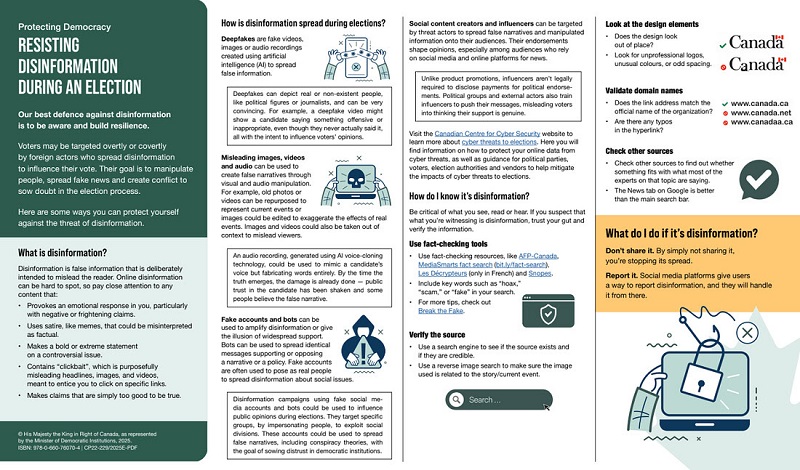
 2025 Federal Election1 day ago
2025 Federal Election1 day agoAI-Driven Election Interference from China, Russia, and Iran Expected, Canadian Security Officials Warn
-
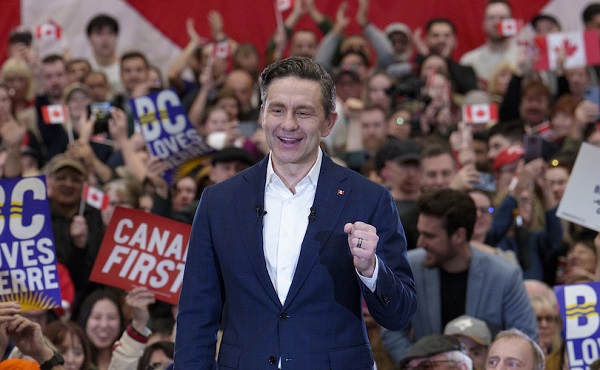
 2025 Federal Election2 days ago
2025 Federal Election2 days agoEuthanasia is out of control in Canada, but nobody is talking about it on the campaign trail
-

 Health1 day ago
Health1 day agoTrump admin directs NIH to study ‘regret and detransition’ after chemical, surgical gender transitioning
-

 illegal immigration2 days ago
illegal immigration2 days agoDespite court rulings, the Trump Administration shows no interest in helping Abrego Garcia return to the U.S.
-
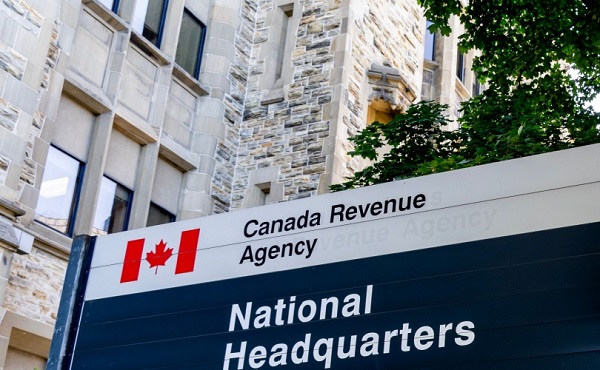
 2025 Federal Election2 days ago
2025 Federal Election2 days agoConservative MP Leslyn Lewis warns Canadian voters of Liberal plan to penalize religious charities
-

 Bjorn Lomborg2 days ago
Bjorn Lomborg2 days agoGlobal Warming Policies Hurt the Poor





